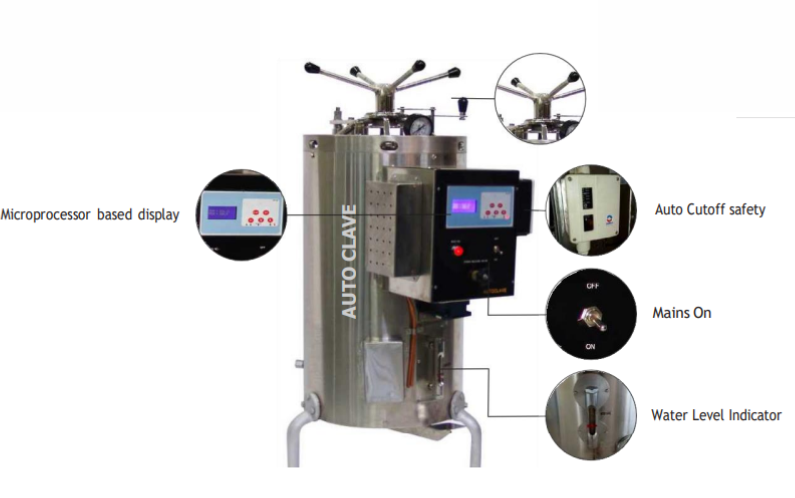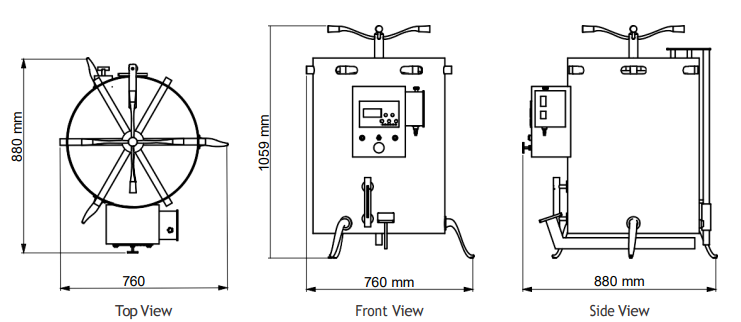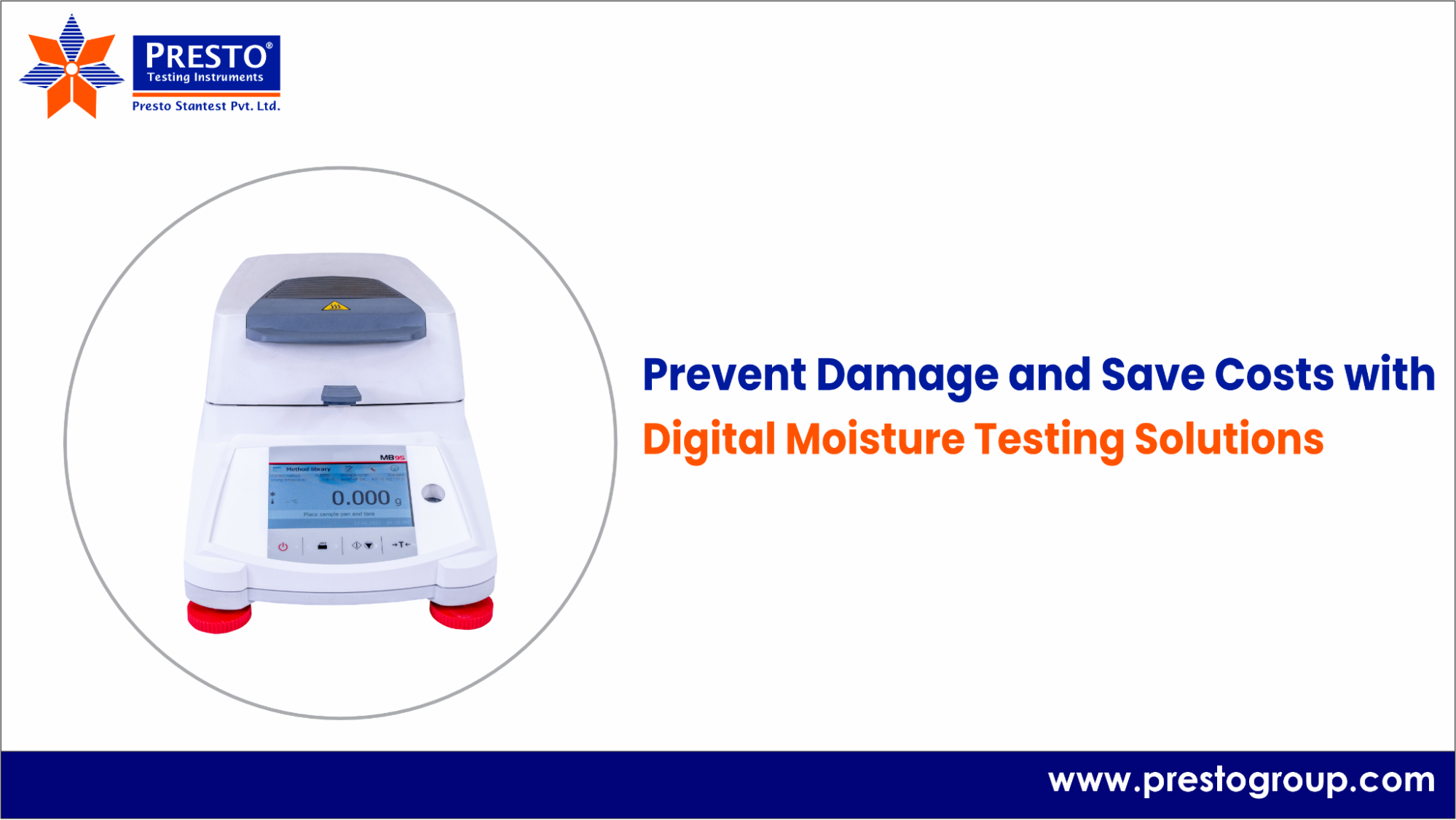

An autoclave is a heavy-duty machine that wipes out germs—bacteria, viruses, and even those stubborn spores—using scorching hot steam and pressure. Picture a souped-up pressure cooker designed to make sure things like surgical tools, lab equipment, or tattoo needles are totally clean and safe. You’ll find these machines in hospitals, microbiology labs, dental offices, and even tattoo shops. In this blog, I’m gonna walk you through what an autoclave is, how it gets the job done, the different kinds out there, where they’re used, what they cost, and answer some questions people often ask—all in plain, no-nonsense talk.
Think of an autoclave as a germ-killing beast. It uses steam, heat, and pressure to make sure medical tools, lab gear, or anything else is free of bacteria, viruses, or anything that could cause trouble. The word “autoclave” comes from Greek, meaning “self-locking,” because it seals up tight to keep the steam inside. It’s a must in places like hospitals or labs where even one germ could lead to infections or ruin experiments.
An autoclave kills germs by hitting them with hot steam under high pressure. Steam works better than dry heat, like from an oven, because it gets into every tiny corner. Here’s the deal:

This combo of heat, pressure, and steam makes sure nothing nasty survives. The machine keeps everything under control, so it’s super reliable.
Here’s what makes an autoclave tick:
Autoclaves come in different styles for different jobs. Here’s the rundown:
1. Gravity Autoclaves
These are the basic ones. Steam goes in, pushes the air out through a valve, and cleans the items. They’re perfect for solid stuff like metal tools, glassware, or surgical gear.
2. Vacuum Autoclaves
These use a pump to suck out air before adding steam. This lets the steam get into tricky spots, like inside wrapped tools or fabrics. They’re quicker and great for complicated stuff.
3. Steam-Flush Autoclaves
These blast steam in and out in bursts to clear out air. They’re a middle ground between gravity and vacuum models and work for lots of different items. Hospitals love them.
4. Benchtop Autoclaves
These are small, portable ones for places like dental offices or tiny labs. They’re easy to use and good for cleaning a few tools at a time.
5. Vertical and Horizontal Autoclaves
Pick the one that fits what you’re cleaning and how much you need to do.
Here’s a table to show what each autoclave type is best for:
| Autoclave Type | Best For | Common Uses |
| Gravity Displacement | Solid stuff like tools, glassware | Labs, clinics, basic cleaning |
| Vacuum (Pre-Vacuum) | Wrapped or porous items | Hospitals, complex medical gear |
| Steam-Flush Pressure-Pulse | Mixed loads, all-purpose cleaning | Hospitals, big clinics |
| Benchtop | Small batches, portable use | Dental offices, small labs |
| Vertical/Horizontal | Labs (vertical), big loads (horizontal) | Labs, hospitals, factories |
Autoclaves pop up in all sorts of places. Here’s where you’ll find them:-
1. Autoclaves in Microbiology: Microbiology labs need everything super clean so experiments don’t get messed up by random germs. Autoclaves clean petri dishes, pipettes, and media. They also safely get rid of biohazardous waste, like used samples.
2. Hospitals and Clinics: Hospitals use autoclaves to clean surgical tools, bandages, and anything that touches a patient to avoid infections. Dental offices use them for stuff like drills or mirrors to keep things safe.
3. Pharmaceuticals: Drug companies use autoclaves to clean equipment and materials so medicines are pure. This is huge for meeting health rules.
4. Industrial Uses: Some industries, like aerospace, use autoclaves to heat and toughen materials like carbon fiber for airplane parts. Here, it’s less about germs and more about making things strong.
5. Tattoo and Beauty Shops: Tattoo artists and salons use autoclaves to clean needles, piercing tools, and other gear to keep clients safe from infections.
6. Research and Schools: Universities and research labs use autoclaves to clean experiment gear. Veterinary clinics use them for tools to treat animals.
Using an autoclave isn’t rocket science, but you gotta do it properly. Here’s the deal:
Think of an autoclave as a big metal box or cylinder with a locked door. Inside, you’ve got:

It’s a simple setup, but every part’s gotta work together to get the job done.
Here’s what people often ask about autoclaves:
Q1. How long does it take to sterilize stuff?
Ans: Usually 15–30 minutes for the actual steaming, depending on what’s inside. Vacuum autoclaves are faster for tricky items. Add time for heating up and cooling down, so the whole thing might take 30–60 minutes.
Q2. Can you put anything in an autoclave?
Ans: Nope. It’s great for metal tools, glassware, and some fabrics, but stuff like certain plastics or electronics can melt or break. Check if your items can handle the heat and steam.
Q3. Why do microbiology labs need autoclaves?
Ans: Labs need everything germ-free so experiments aren’t ruined by stray bacteria. Autoclaves clean dishes, media, and tools. They also make biohazardous waste safe to toss out.
Q4. How often do you need to service an autoclave?
Ans: Clean it weekly to keep it in shape. For big checkups, like looking at valves or seals, once or twice a year by a pro should do it, depending on how much you use it.
Here’s why autoclaves rock:
They’ve got some drawbacks:
Autoclaves are straight-up lifesavers in places like hospitals, labs, or tattoo shops. They blast germs with steam and pressure, making sure stuff like surgical tools, lab dishes, or piercing needles is clean and safe to use. No matter what you’re sterilizing, there’s an autoclave out there that’ll do the trick. They cost a pretty penny, but when it comes to keeping people safe or experiments legit, they’re worth every cent. If you’re thinking about getting one, pick the right type and size for your needs, and don’t skimp on taking care of it. It’s a machine that gets the job done right, every time.
Get expert guidance and the most competitive Autoclave price tailored to your needs. Whether you need a compact model or a large industrial unit, we’ve got you covered!
Call Now:- +91 9210 903 903
Email Us:- info@prestogroup.com
Reach out today and get your personalized quote!
Related Blogs

Vibration testing helps prevent failures in vehicles, appliances, and components by detecting defects early.

Protect your property and reduce costs with accurate digital moisture testing solutions.

Explore ASTM B117 and ISO 9227 Salt Spray Testing procedures to ensure precise corrosion resistance evaluation and surface coating performance.